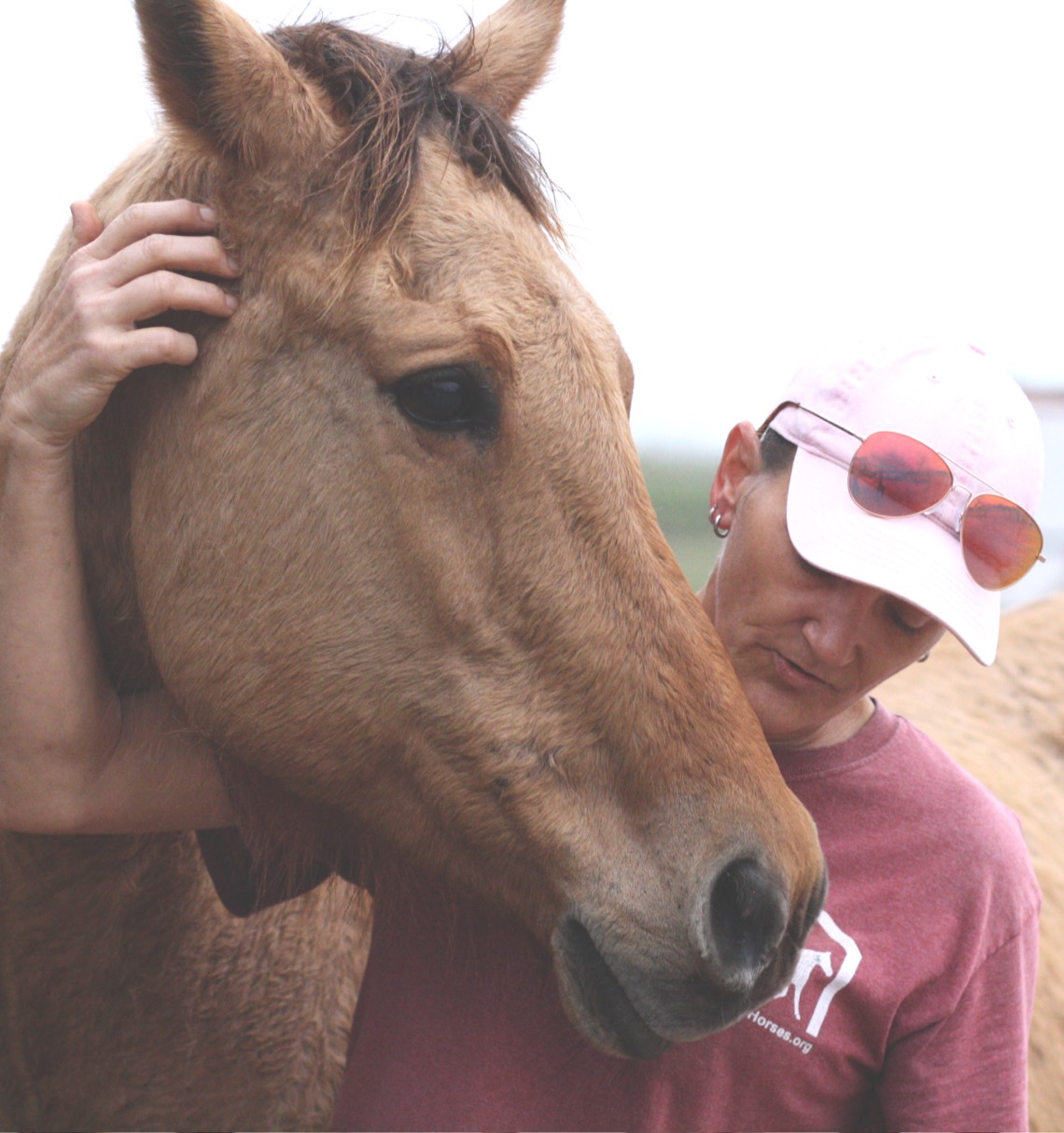Beasts of Burden
Donkeys and horses are still used for labor needs throughout the world. This very interesting “longform” article covers more than just diseases of working horses – it touches on the very basic problem of care for these equine. Many people “use” horses and donkeys without knowledge of what works best for everyone involved – even given the limitations that poverty can bring. What might amaze you is that here in the United States, horse abuse investigators will come upon horse owners who simply do not understand how to properly care for their horses. Education can work to resolve these issues, if the knowledge is actually used. ~ HfH
From: The Horse
By: Stephanie L Church
Targeting disease in Africa’s working donkeys and horses
Sounds of the Debre Zeit, Ethiopia, evening rush hour—low-tech traffic noises of passing hoofbeats and car-tire buggies on the main road—fill the alley where a man carefully harnesses his small gray horse for the drive home. He buckles, ties, and readjusts pieces and parts cobbled together out of saddlery and found items—leather, burlap, rope, twine, wire, and yellow bits of weathered plastic with edges wrapped in duct tape. Quickly, the equipment conceals the horse’s weathered, ribby frame. Still visible on his lower limbs are the orange splotches of iodine and the purple stains of salve covering the oozing sores on his shoulders, forearms, and lower limbs.
(Go to article at bottom link to view video) This horse is a lucky one—his driver has made a special trip to the Society for the Protection of Animals Abroad (SPANA) veterinary clinic on a nonclinic day so that 36 equine veterinarians, researchers, and others from around the world can take a close look at cases very different than those they see back home. The group has gathered in Addis Ababa, Ethiopia, at the First International Havemeyer Foundation Workshop on Infectious Diseases of Working Horses and Donkeys with a goal of learning how global collaborations can help this very large and important segment of the equine world.
A CRUCIAL BUT COMPLEX ROLE
At least 112 million domesticated equids live across the world, the great majority of which are working animals, says Professor Alan Guthrie, director of the University of Pretoria’s Equine Research Centre, in South Africa: 60 million horses, 42 million donkeys, and 10 million mules. About 13 million of those donkeys live in Africa alone, and about 75% of those are in the sub-Saharan region, which includes Ethiopia.

